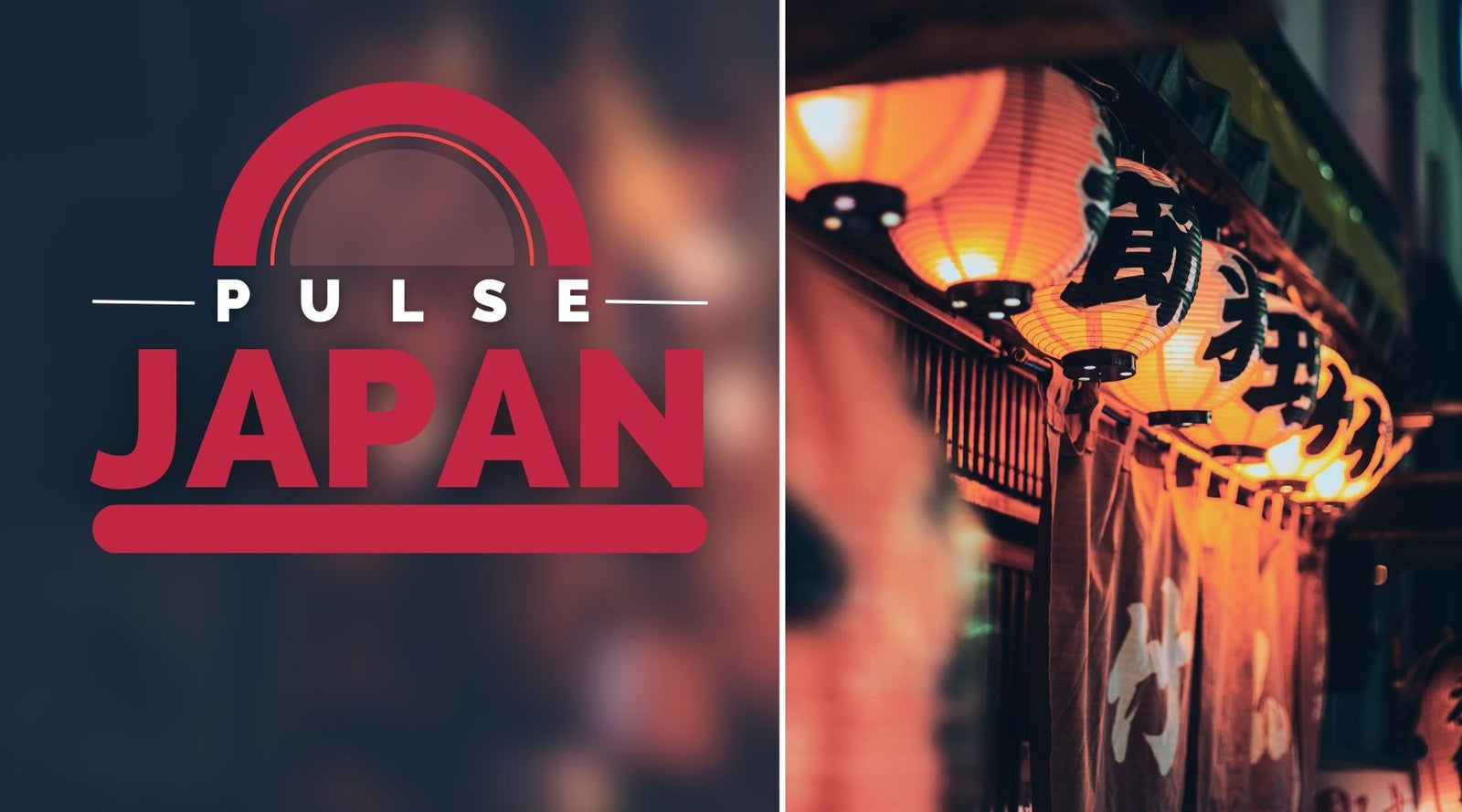
Japan is a country renowned for its rich cultural heritage and artistic traditions. From the delicate strokes of calligraphy to the precise folds of origami, Japanese arts have captivated people around the world for centuries. When you visit Japan, you'll have the opportunity to immerse yourself in this vibrant artistic culture and even try your hand at some of these traditional crafts. In this blog post, we'll explore five Japanese arts that you should experience when you're in the Land of the Rising Sun.
Japan's artistic side is deeply rooted in its history and culture. The country's art forms have evolved over centuries, influenced by Buddhism, Shintoism, and the changing social and political landscape. Japanese art is characterized by its attention to detail, minimalism, and a deep respect for nature. From the elegant lines of a kimono to the serene beauty of a Japanese garden, art is an integral part of daily life in Japan.
Are you ready to dive into the world of Japanese arts? In the following sections, we'll explore five traditional crafts that you can try your hand at when you're in Japan. From the meditative practice of calligraphy to the energetic beats of taiko drumming, there's something for everyone. So, let's get started on this artistic journey!
Calligraphy: The Art of Beautiful Writing
Calligraphy, known as shodo (書道) in Japanese, is the art of beautiful writing. This ancient practice involves using a brush and ink to create elegant characters on paper. Calligraphy has been an essential part of Japanese culture for centuries, used in everything from official documents to artistic expressions.
The beauty of calligraphy lies in the balance between precision and fluidity. Each stroke requires concentration and skill, as the brush glides across the paper, leaving a trail of ink in its wake. The sound of the brush on paper, the smell of the ink, and the feeling of creating each character is a meditative experience that connects the calligrapher to the art form.
There are several styles of calligraphy in Japan, each with its own unique characteristics. The most common styles are:
-
Kaisho (楷書): A block style that is the most basic and easiest to read.
-
Gyosho (行書): A semi-cursive style that is more fluid and connected than Kaisho.
-
Sosho (草書): A cursive style that is the most difficult to read and requires the most skill.
As one calligraphy student noted, "Shodo is not just about writing beautiful characters. It's a way to express yourself and find inner peace. Each stroke is a reflection of your mind and heart at that moment." Source: Invaluable
If you're interested in trying your hand at calligraphy while in Japan, there are many opportunities to do so. One option is to take a class at a dedicated calligraphy studio, such as Tokyo Calligraphy Class in Arakawa-ku, Tokyo. Here, you can study under accomplished Shodo Master, Kaneko Youshun (金子瑶春), one of the few qualified instructors offering classes to foreign tourists. Source: Tokyo Calligraphy Class
You can also find calligraphy experiences through travel websites and booking platforms. For example, Chikako, a master calligrapher in Kyoto, offers private lessons through VAWAA (Vacation With An Artist). In her class, you'll learn about the tools, techniques, and cultural significance of this ancient art form. Source: VAWAA
Many cultural centers, museums, and even some hotels in Japan also offer calligraphy workshops for visitors. So, be sure to check local listings and ask at your accommodations about opportunities to try this beautiful art form.
Hanko Stamp: Leave Your Mark in Style
A hanko (判子) is a personal seal or stamp used in Japan in place of a signature on official documents. These small stamps, usually less than two centimeters in diameter, are carved with the owner's name and used with red ink to leave a unique mark.
Traditionally, hanko were made from materials like wood, ivory, or precious stones. Today, most hanko are made from materials like plastic or titanium for durability. The design can be customized with your name in Japanese characters (kanji), phonetic scripts (katakana or hiragana), or even Roman letters (romaji). Source: Japanese Name Stamp
The process of making a hanko is an art form in itself. A skilled artisan will carefully carve your name into the chosen material using specialized tools. The result is a unique stamp that represents your identity in a stylish and traditional way.
Many shops in Japan offer hanko carving services, but some also provide the opportunity to carve your own stamp under the guidance of an experienced artisan. One such place is the Kamakura Hanko Museum in Kamakura, a coastal city known for its rich history and traditional crafts.
At the Kamakura Hanko Museum, you can participate in a hanko carving workshop and create your own personal seal. The knowledgeable staff will help you design your stamp and guide you through the carving process. You'll leave with a unique souvenir and a newfound appreciation for thistraditional Japanese art form. Source: Peek
Other places that offer hanko carving experiences include:
-
Tamaru Online Shop in Tokyo, which provides a service to make foreigners' names into hanko stamps in a short time. Source: Tamaru Online Shop
-
Various stationery stores and souvenir shops throughout Japan, particularly in tourist areas like Asakusa in Tokyo or Kyoto's Higashiyama district.
When you have your hanko stamp, be sure to practice using it correctly. As one guide explains, "The key to a perfect hanko stamp is to press firmly and evenly, creating a crisp, clear imprint. Lift the stamp straight up to avoid smudging." Source: Tokyo Weekender
Origami: Folding Paper into Masterpieces
Origami (折り紙), the Japanese art of paper folding, has been captivating people around the world for generations. This ancient craft involves transforming a flat sheet of paper into a three-dimensional object, often inspired by nature or symbolic shapes.
The origins of origami are closely tied to Japanese culture and religion. In Shintoism, paper was considered a sacred material, and the act of folding paper was seen as a way to connect with the gods. As one source notes, "The identical pronunciation of kami (paper) and kami (Shinto deity) produced in the ancient Japanese an emotional association between the two words." Source: British Origami Society
Today, origami is enjoyed by people of all ages and skill levels. The most famous origami model is the Japanese crane, or orizuru (折鶴), which symbolizes longevity, good fortune, and peace. Other popular models include flowers, animals, and geometric shapes.
When you're in Japan, there are many opportunities to experience the art of origami firsthand. One must-visit destination is the Origami Kaikan in Tokyo's Bunkyo ward. This center is dedicated to preserving and promoting the art of origami, with exhibits, workshops, and a shop selling origami paper and books. Admission is free, but origami lessons cost between ¥1000 to ¥3000 for one to two hours, depending on the complexity of the design. Source: Lonely Planet
Another great spot to learn origami is Taro's Origami Studio in Asakusa, Tokyo. Located near the iconic Senso-ji Temple, this studio offers hands-on origami classes for beginners and experienced folders alike. The knowledgeable instructors will guide you through the process of creating your own origami masterpieces while sharing insights into the history and cultural significance of this art form. Source: Taro's Origami Studio
Many other cultural centers, museums, and even some hotels in Japan offer origami workshops and displays. Keep an eye out for these opportunities during your travels, and don't hesitate to try your hand at this engrossing and meditative art form.
Ikebana: Creating Serene Floral Arrangements
Ikebana (生け花) is the Japanese art of flower arrangement, with a focus on simplicity, balance, and harmony. Unlike Western-style arrangements that emphasize quantity and color, ikebana highlights the beauty of each individual flower, branch, or leaf.
The practice of ikebana dates back to the 6th century when it was introduced to Japan along with Buddhism. Over time, different schools and styles of ikebana developed, each with its own unique principles and techniques. The most well-known styles include:
-
Rikka (立花): A tall, upright style that represents the beauty of nature in a formal, symmetrical arrangement.
-
Nageire (投げ入れ): A more relaxed and spontaneous style that involves "throwing" flowers and branches into a vase.
-
Moribana (盛り花): A modern style that uses a shallow container and emphasizes the use of space and asymmetry.
Ikebana is more than just a decorative art form; it is also a spiritual practice that encourages mindfulness, patience, and respect for nature. As one practitioner explains, "Ikebana is a meditative art that helps me connect with the natural world and find inner peace. Each arrangement is a reflection of my thoughts and emotions at that moment." Source: Dans le Gris
When you're in Japan, there are many opportunities to witness the beauty of ikebana firsthand. Many temples, shrines, and cultural centers feature ikebana displays, particularly during special events and holidays.
If you're interested in learning ikeb
If you're interested in learning ikebana, there are several schools and workshops throughout Japan that offer classes for beginners and experienced practitioners alike. Some popular options include:
-
The Ohara School of Ikebana in Tokyo, which offers regular classes and workshops in English. Source: Ohara School of Ikebana
-
The Ikenobo Ikebana Society in Kyoto, which is the oldest and largest ikebana school in Japan, with classes available in English. Source: Ikenobo Ikebana Society
-
The Sogetsu School of Ikebana in Tokyo, which is known for its modern and creative approach to ikebana, with classes and workshops available in English. Source: Sogetsu School of Ikebana
Many hotels and ryokan (traditional Japanese inns) also offer ikebana experiences for guests, so be sure to inquire about these opportunities when planning your stay in Japan.
Taiko Drumming: Feel the Rhythm of Japan
Taiko (太鼓) is a traditional Japanese drumming style known for its powerful, energetic performances. The term "taiko" refers to the large, barrel-shaped drums used in this art form, which can range in size from small handheld drums to massive instruments that require multiple players.
Taiko has a long history in Japan, with roots in religious rituals, festivals, and even warfare. In ancient times, taiko was used to communicate across long distances, summon rain, and even inspire warriors on the battlefield. Today, taiko is enjoyed as a performing art, with professional groups and amateur enthusiasts alike embracing the power and passion of this drumming style.
A taiko performance is a truly immersive experience, with the thunderous sound of the drums reverberating through your body and the dynamic movements of the performers capturing your attention. As one taiko artist describes, "Playing taiko is not just about making music; it's about channeling your energy and emotions into each strike of the drum. It's a physical and mental challenge that requires focus, discipline, and a deep connection to the rhythm." Source: Kodo
When you're in Japan, there are many ways to experience the power and beauty of taiko drumming. Many festivals and cultural events feature taiko performances, such as the famous Obon festivals in summer or the Kodo Earth Celebration on Sado Island.
If you want to try your hand at taiko drumming, there are also workshops and classes available for visitors. Some popular options include:
-
Taiko Center in Tokyo, which offers taiko lessons and performances in English. Source: Taiko Center
-
Taiko-Lab in Kyoto, which provides taiko experiences and workshops for visitors, with instruction available in English. Source: Taiko-Lab
-
Sado Island Taiko Centre, which offers taiko classes and performances on the beautiful island of Sado, known for its rich taiko tradition. Source: Visit Sado
When participating in a taiko workshop, be prepared for a physically demanding experience. As one participant notes, "Learning taiko requires a lot of energy and concentration, but the feeling of creating such powerful sounds with your own hands is incredibly rewarding. It's a great way to immerse yourself in Japanese culture and challenge yourself at the same time." Source: Live Japan
Conclusion
Japan is a country filled with rich artistic traditions that offer visitors the opportunity to immerse themselves in the local culture and try their hand at new creative pursuits. From the meditative strokes of calligraphy to the powerful beats of taiko drumming, the five Japanese arts we've explored in this blog post each provide a unique window into the country's history, values, and way of life.
As you plan your trip to Japan, be sure to seek out opportunities to experience these traditional arts firsthand. Whether you take a calligraphy class, carve your own hanko stamp, fold origami cranes, create an ikebana arrangement, or participate in a taiko workshop, engaging with these art forms will deepen your appreciation for Japan's cultural heritage and provide you with unforgettable memories of your time in the country.
Remember, you don't need to be an expert or have prior experience to enjoy these Japanese arts. Many workshops and classes are designed with beginners in mind, and the instructors are often eager to share their knowledge and passion with visitors from around the world.
So, what are you waiting for? Start planning your artistic journey through Japan today! Embrace the opportunity to step outside your comfort zone, learn new skills, and connect with the vibrant culture of this fascinating country.
Whether you're a seasoned artist or a curious beginner, Japan's rich artistic traditions have something to offer everyone. By immersing yourself in these five Japanese arts, you'll gain a deeper understanding and appreciation for the country's history, values, and way of life, all while creating unforgettable memories and perhaps even discovering a new passion.
Japan's artistic culture is waiting to be explored, so pack your bags, grab your sense of adventure, and get ready to experience the beauty, creativity, and depth of this incredible country's traditional arts
Japan's artistic culture is waiting to be explored, so pack your bags, grab your sense of adventure, and get ready to experience the beauty, creativity, and depth of this incredible country's traditional arts. From the serene tea ceremony to the lively festival dances, Japan's arts offer a window into the heart and soul of the nation.
As you embark on your journey, remember to approach each art form with an open mind and a willingness to learn. Take the time to observe the masters at work, ask questions, and try your hand at the techniques they've perfected over generations. You may be surprised at how much you can learn and how deeply you can connect with Japanese culture through these artistic pursuits.
In addition to the five arts we've covered in this blog post, Japan offers countless other opportunities to engage with its creative heritage. From the intricate art of kimono dyeing to the delicate craft of washi papermaking, there's always something new to discover and explore.
So, whether you're a first-time visitor to Japan or a seasoned traveler, make sure to carve out time in your itinerary to experience the country's traditional arts. You'll come away with a deeper appreciation for the skill, dedication, and creativity that have shaped Japanese culture for centuries, and perhaps even a newfound passion for one of these fascinating art forms.
Japan's artistic culture is a treasure trove waiting to be uncovered, and by immersing yourself in its traditional arts, you'll create memories that will last a lifetime. So, what are you waiting for? Start planning your artistic adventure today, and get ready to experience the beauty, depth, and creativity of Japan's vibrant cultural heritage!












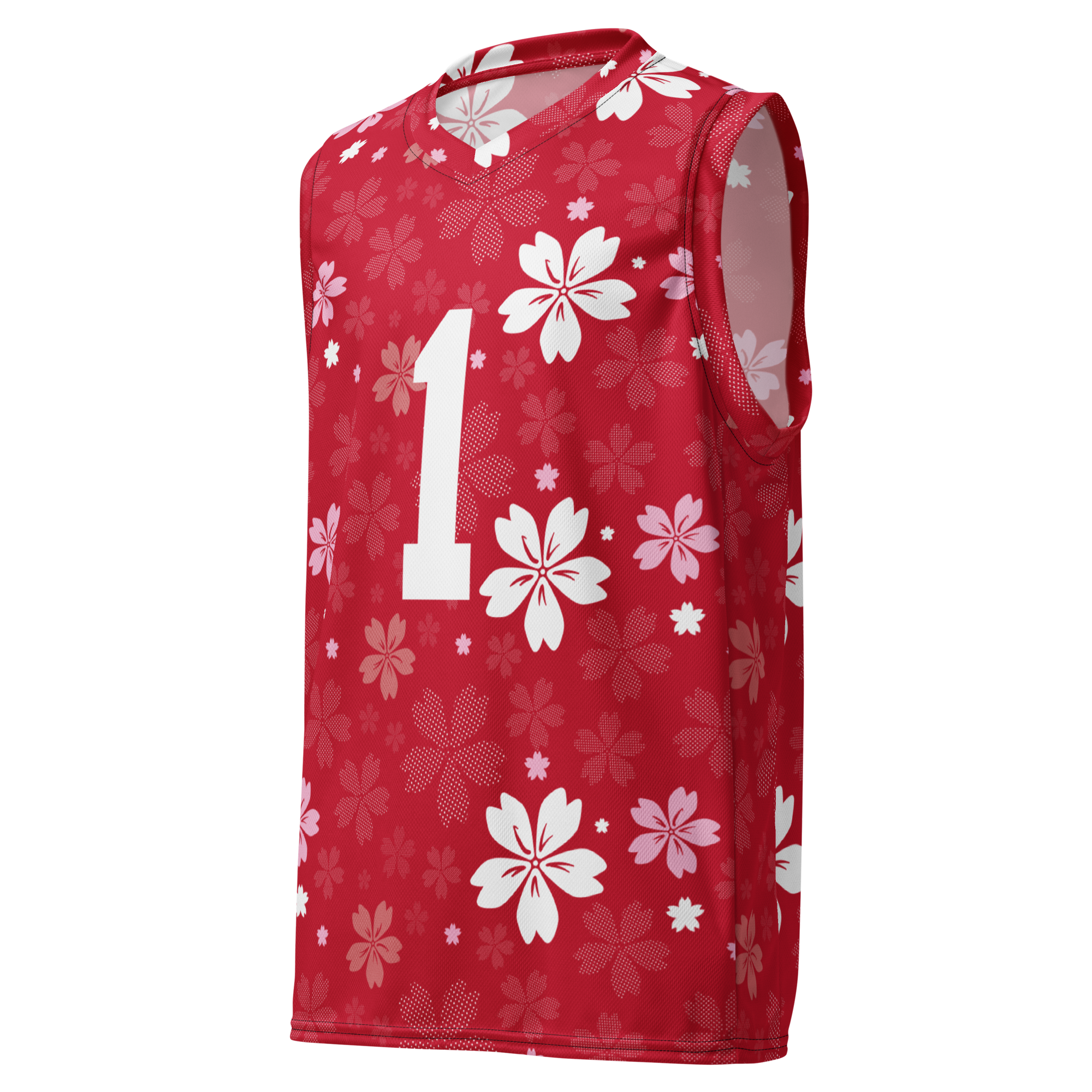
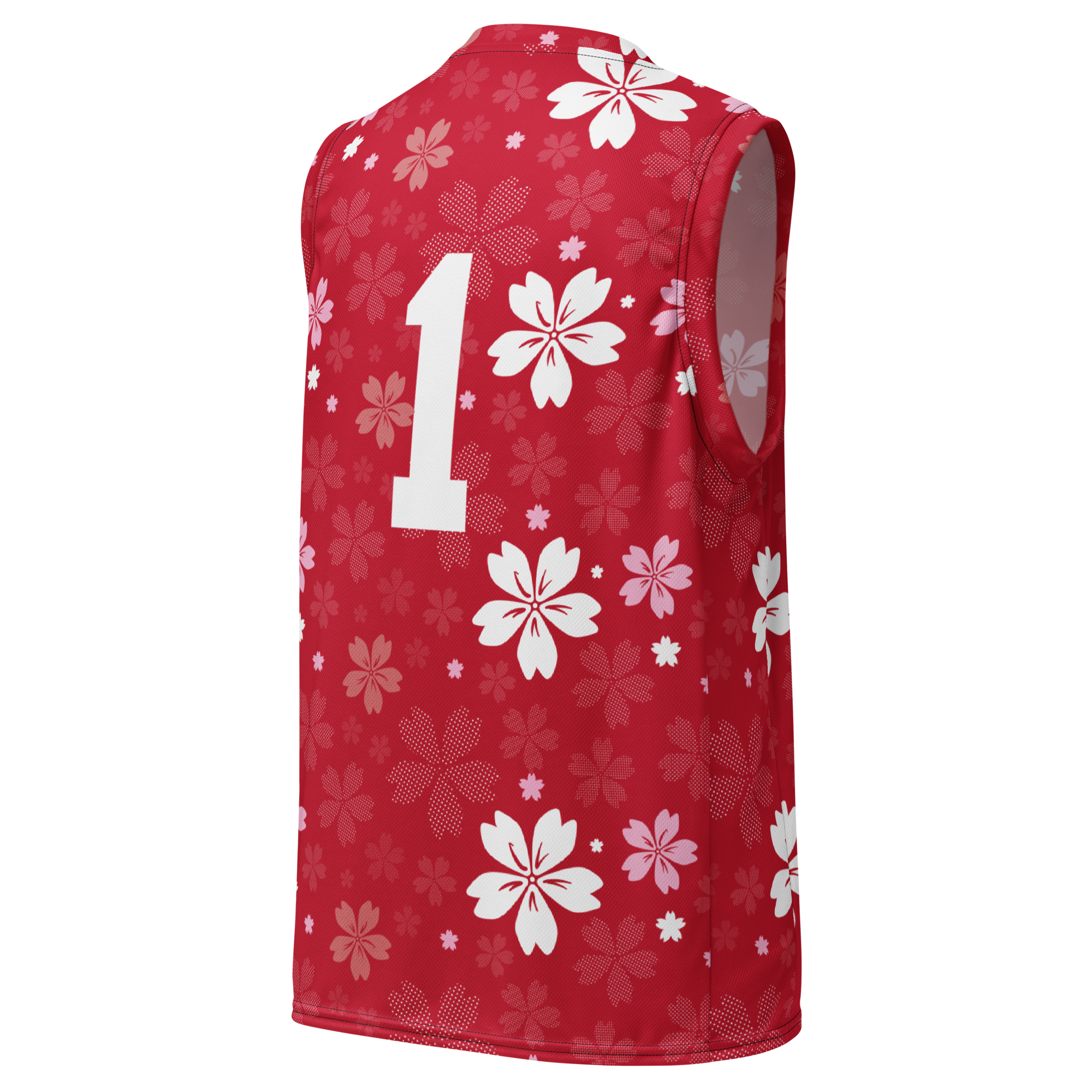








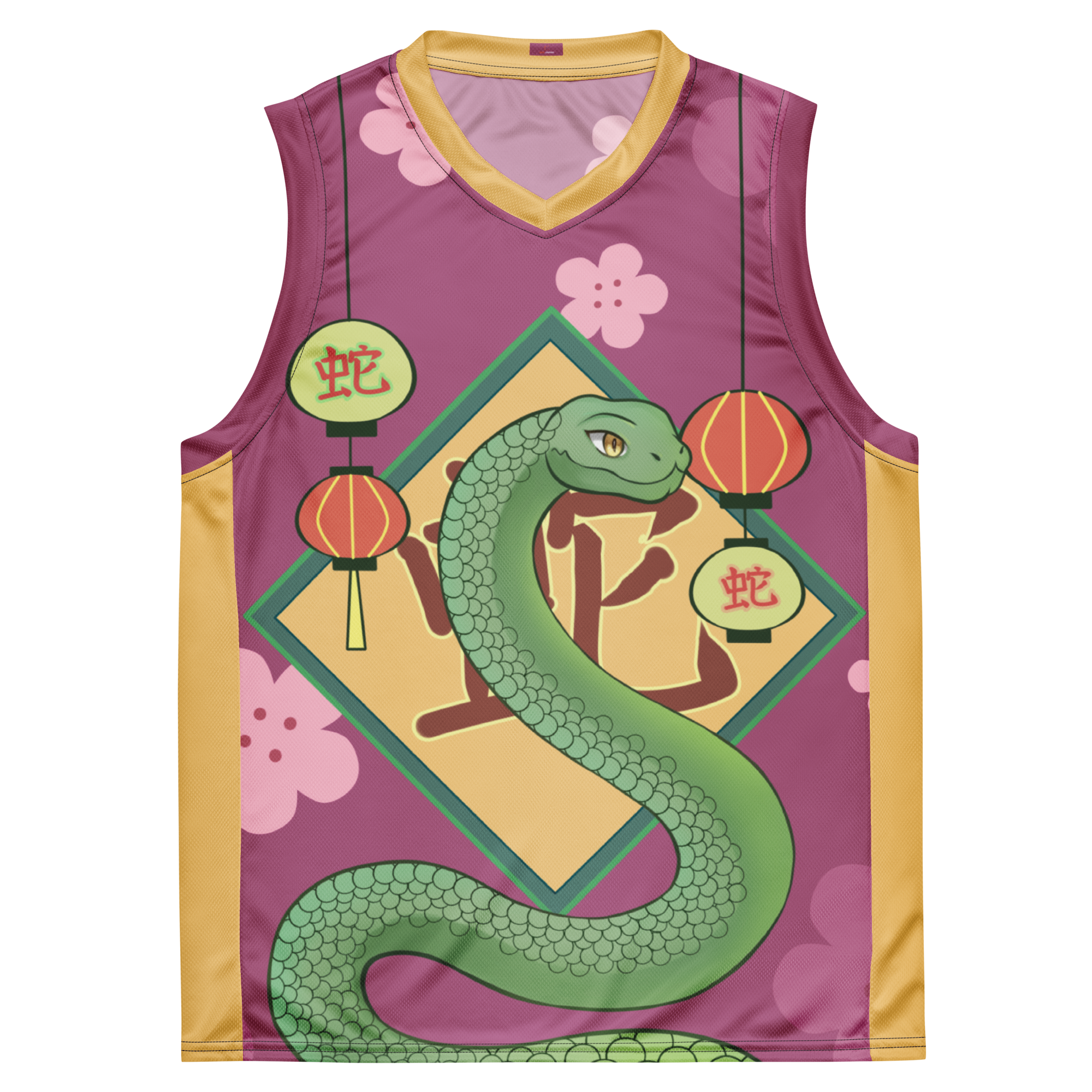
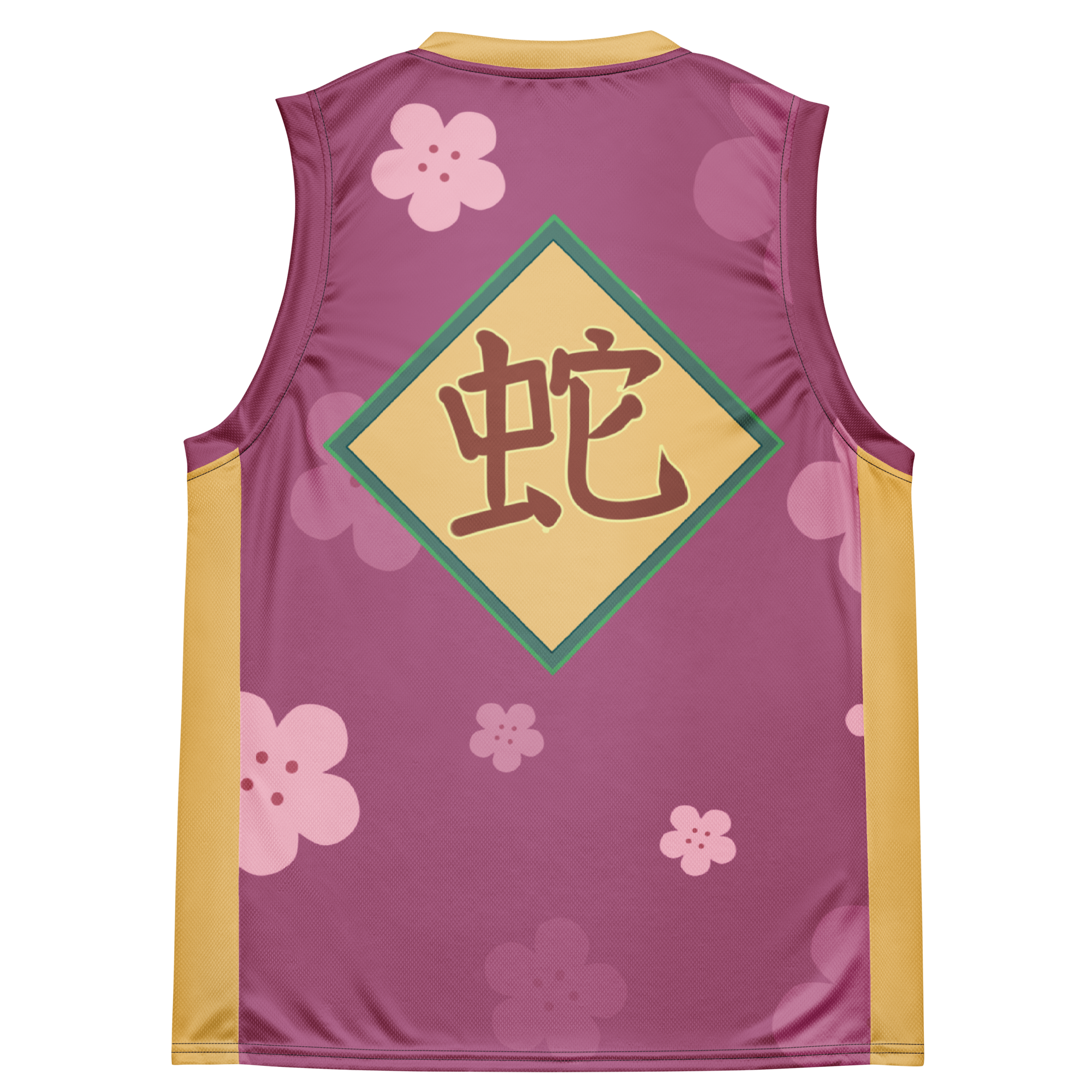
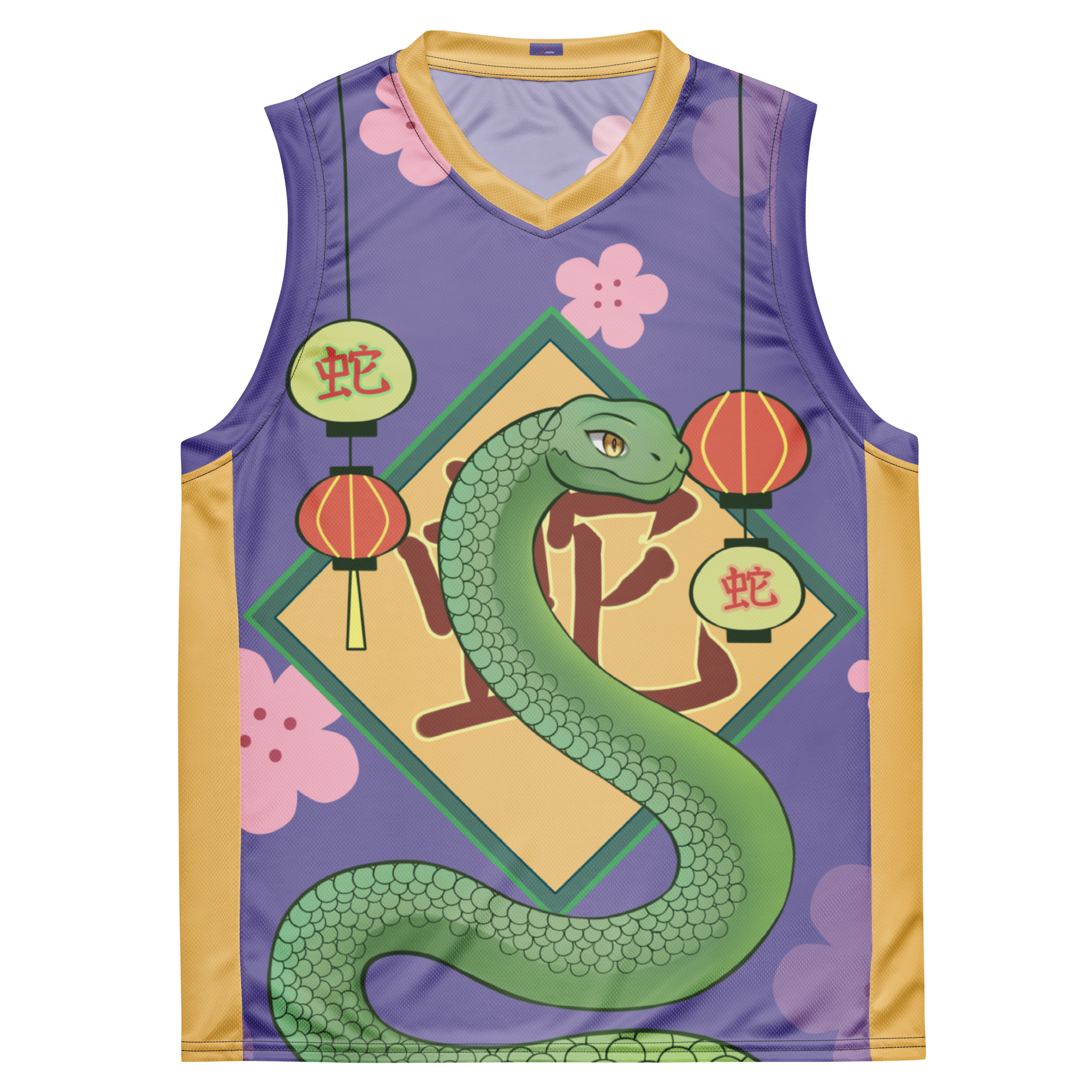
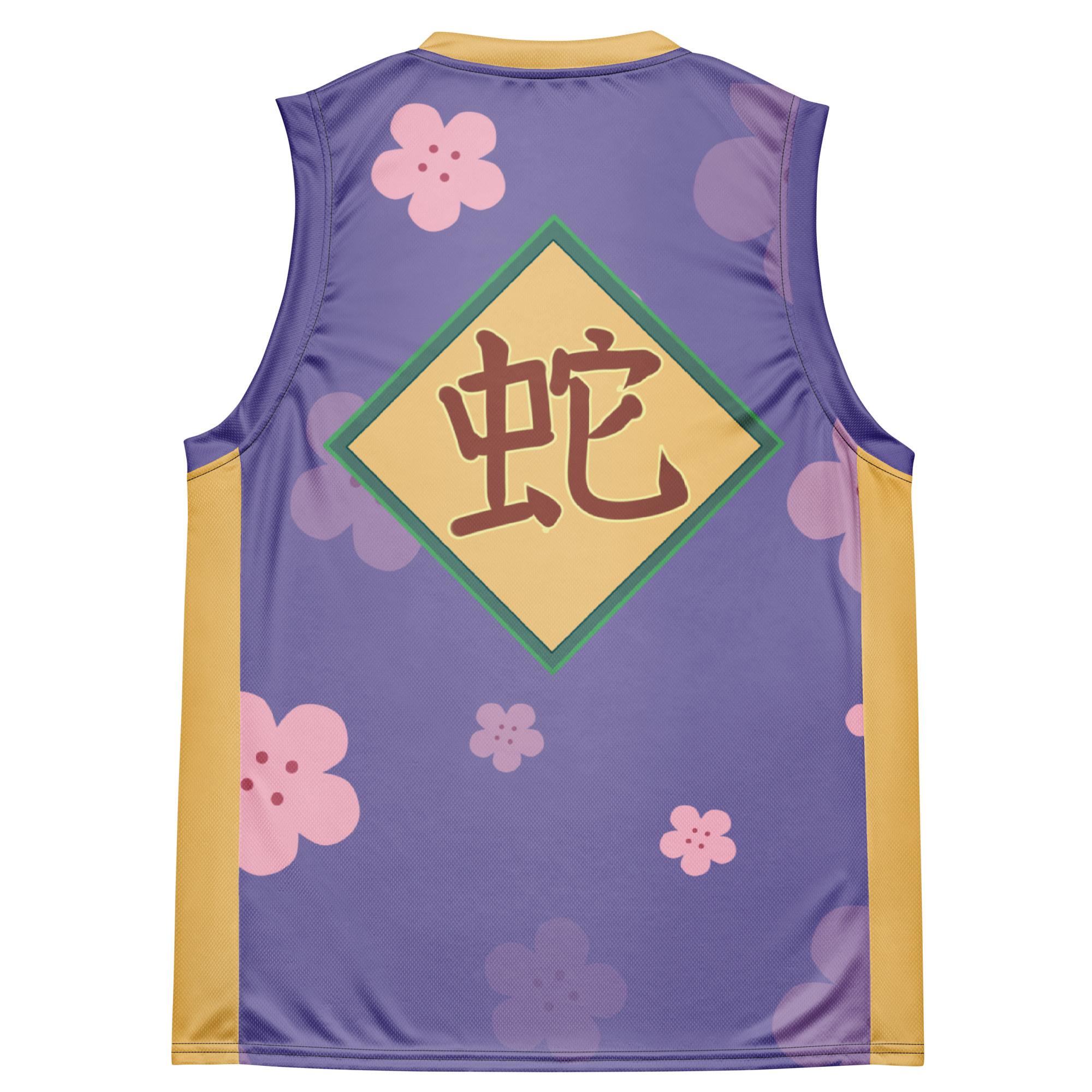
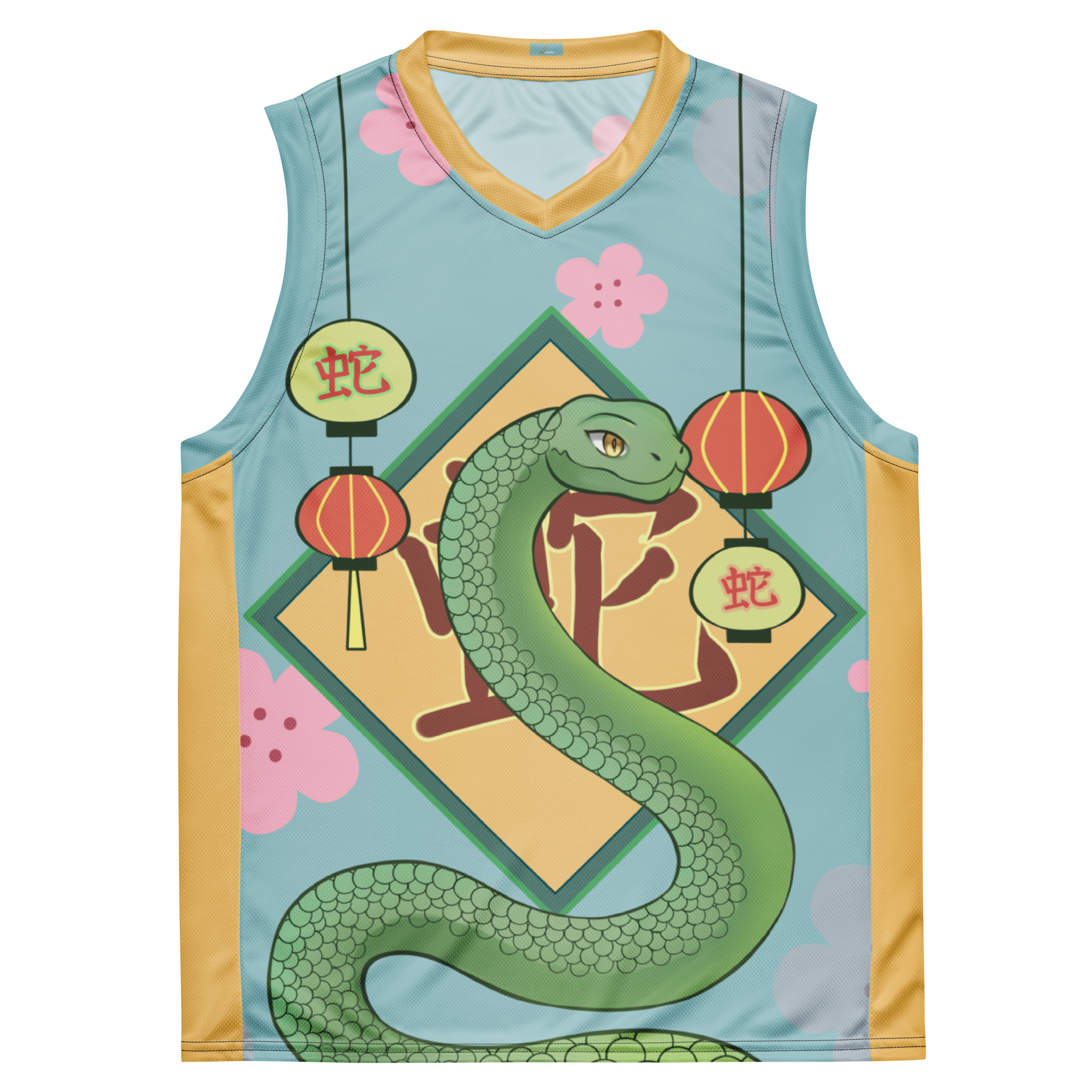
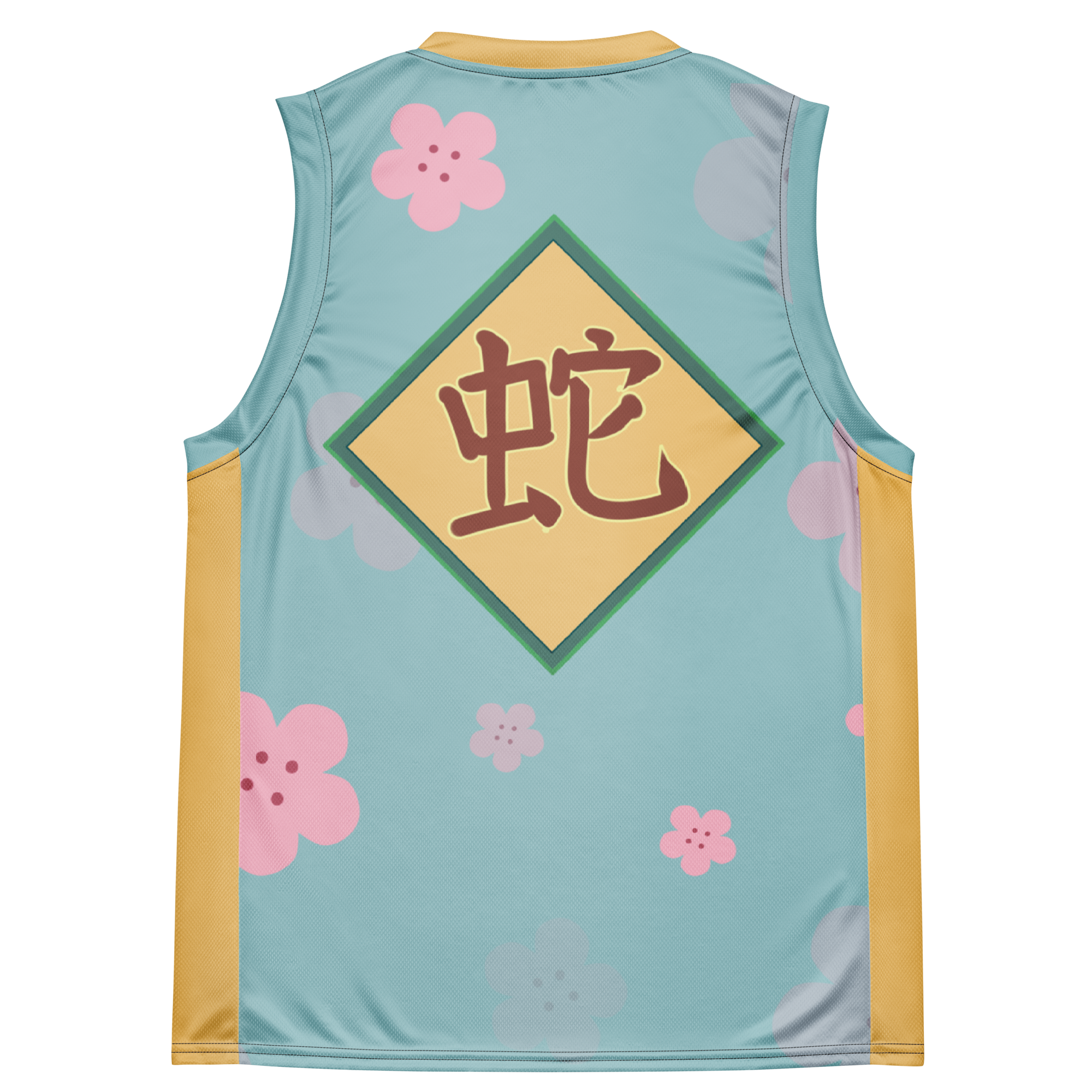












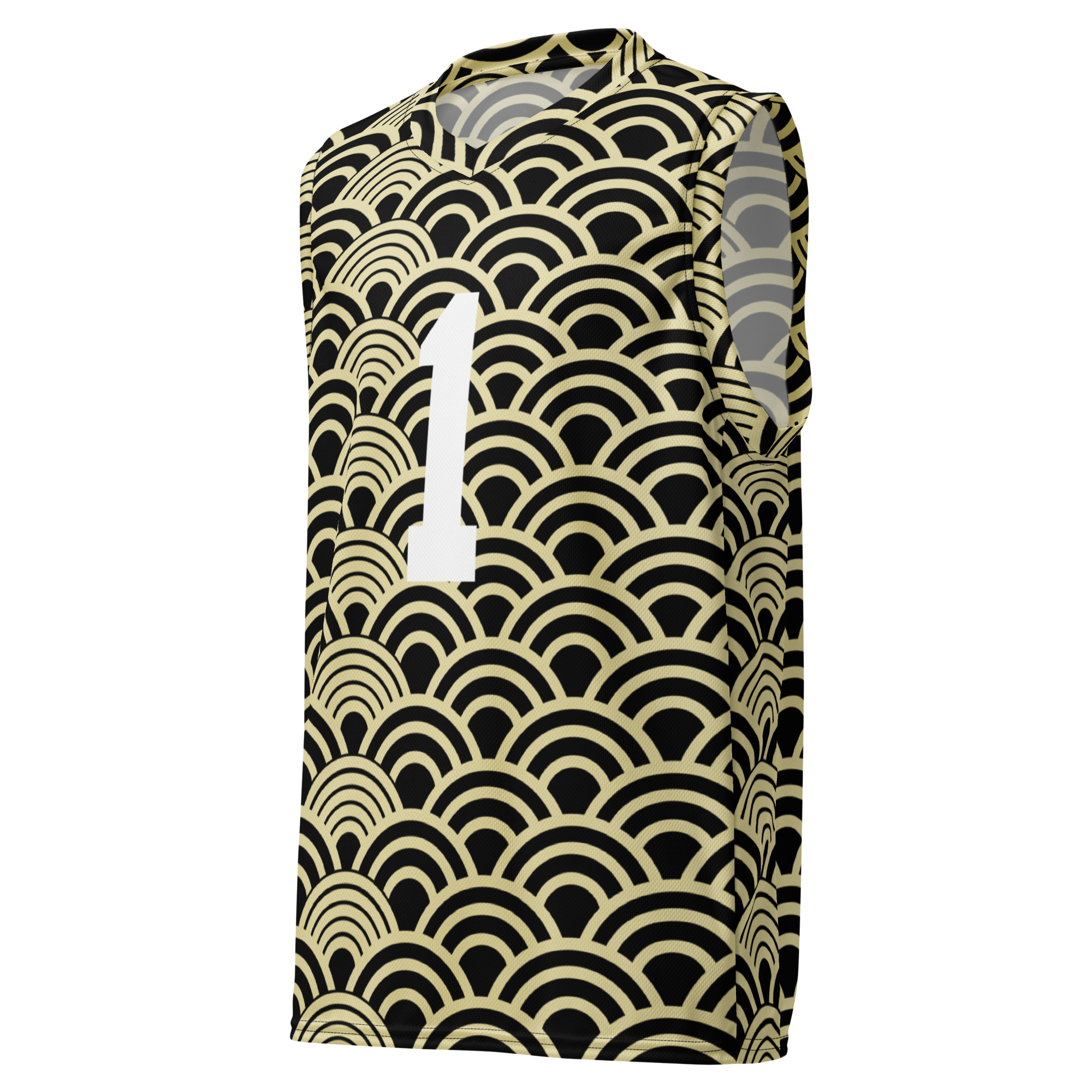
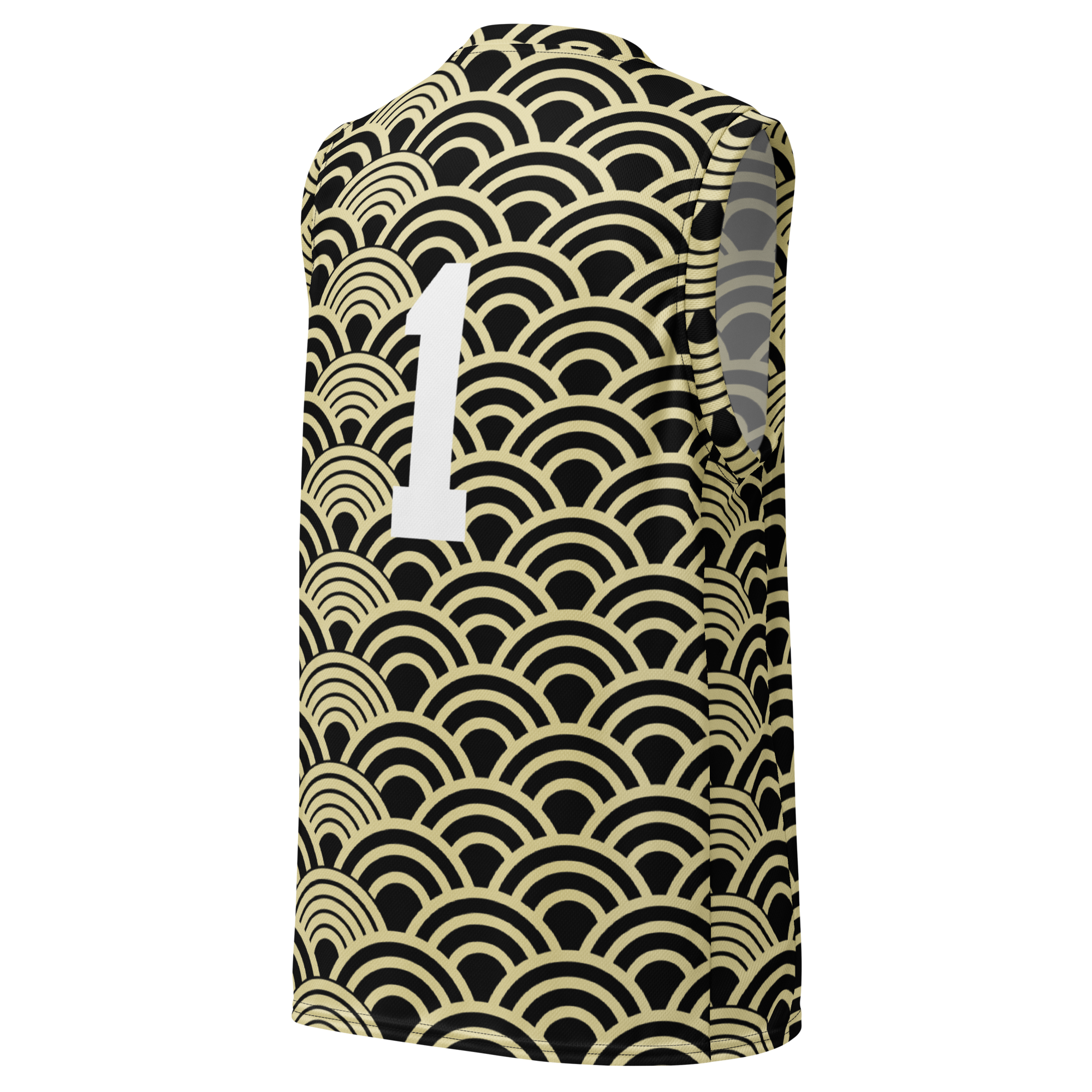
Leave a comment